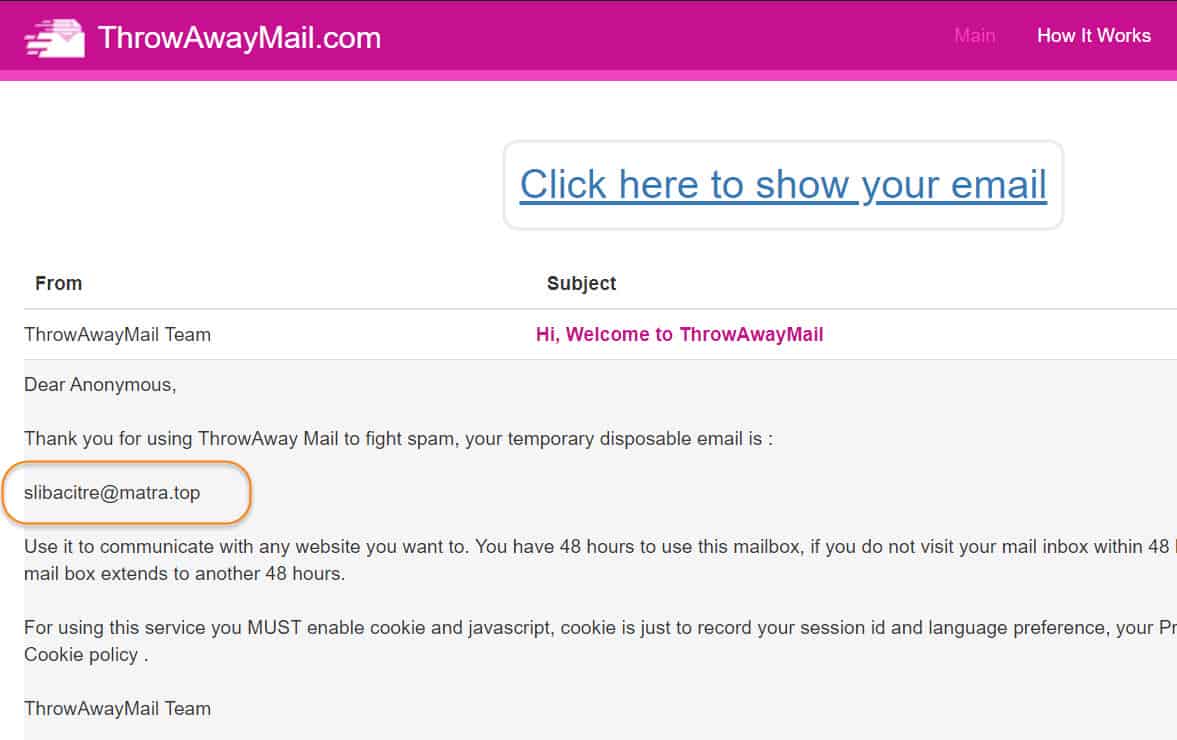

Vishing – Vishing, or voice phishing, involves a malicious caller purporting to be from tech support, a government agency or other organization and trying to extract personal information, such as banking or credit card information. These sites can show up in organic search results or as paid advertisements for popular search terms. Search Engine Phishing – In this type of attack, cyber criminals set up fraudulent websites designed to collect personal information and direct payments.

Smishing – SMS-enabled phishing delivers malicious short links to smartphone users, often disguised as account notices, prize notifications and political messages. Spear Phishing – Where most phishing attacks cast a wide net, spear phishing is a highly-targeted, well-researched attack generally focused at business executives, public personas and other lucrative targets. It is currently the most pervasive form of phishing attack.
Fake email download#
Malware Phishing – Utilizing the same techniques as email phishing, this attack encourages targets to click a link or download an attachment so malware can be installed on the device. It is not a targeted attack and can be conducted en masse. Standard Email Phishing – Arguably the most widely known form of phishing, this attack is an attempt to steal sensitive information via an email that appears to be from a legitimate organization. And as digital technologies progress, this attack continues to find new ways to exploit vulnerabilities.īelow are 11 of the most pervasive types of phishing: Since being first described in 1987, phishing has evolved into many highly-specialized tactics. The term “phishing” is a spin on the word fishing, because criminals are dangling a fake “lure” (the legitimate-looking email, website or ad) hoping users will “bite” by providing the information the criminals have requested – such as credit card numbers, account numbers, passwords, usernames or other valuable information.īut if you're like most people, you probably think you can identify a phishing attack before falling for one. Learn why phishing still works, what makes us click, and how criminals are using COVID-19 scare tactics to trick you. This is usually done by including a link that will appear to take you to the company’s website to fill in your information – but the website is a clever fake and the information you provide goes straight to the crooks behind the scam. Phishing is a type of online scam where criminals impersonate legitimate organizations via email, text message, advertisement or other means in order to steal sensitive information.


 0 kommentar(er)
0 kommentar(er)
